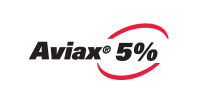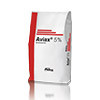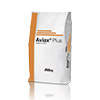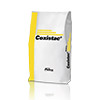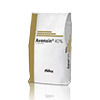
Coccidiosis Control
Coccidiosis is one of the most important diseases in poultry today, leading to significant financial losses if not properly controlled. Coccidiosis is a disease caused by protozoan parasites of the genus Eimeria, developing within the intestine of most domestic and wild animals and birds. In chicken there are seven different species, each species has a predilection for a specific part of the intestine and provoke different types of lesions. The most important species in broilers are E. acervulina, E. praecox, E. maxima, E. mitis and E. tenella. Longer living birds, layers and breeders, can also be infected with E. necatrix and E. brunetti.
Some species e.g. E. tenella and E. necatrix can cause clinical coccidiosis, characterized by mortalities, diarrhoea, blood loss and poor production. Other strains e.g. E acervulina and E maxima tend to cause sub-clinical coccidiosis, leading to an overall drop in performance of birds caused by damage to the intestinal epithelium and secondary dysbacteriosis. Sub-clinical coccidiosis is often difficult to diagnose accurately and is estimated to make up as much as 70% of the overall incidence of coccidiosis.
Prevention of coccidiosis is better than cure. The most common method of control is by the addition of coccidiostats in the feed. These products can be broadly divided into two groups i.e. Ionophores e.g. Salinomycin, Monensin, Semduramicin and Chemicals e.g. Amprolium or Nicarbazin. Some of the chemicals can also be used to treat coccidiosis outbreaks e.g. Amprolium. There are also a number of live coccidiosis vaccines available in the market that can be used to help control coccidiosis, especially in long lived birds or where coccidiostats cannot be used e.g. free range production.


